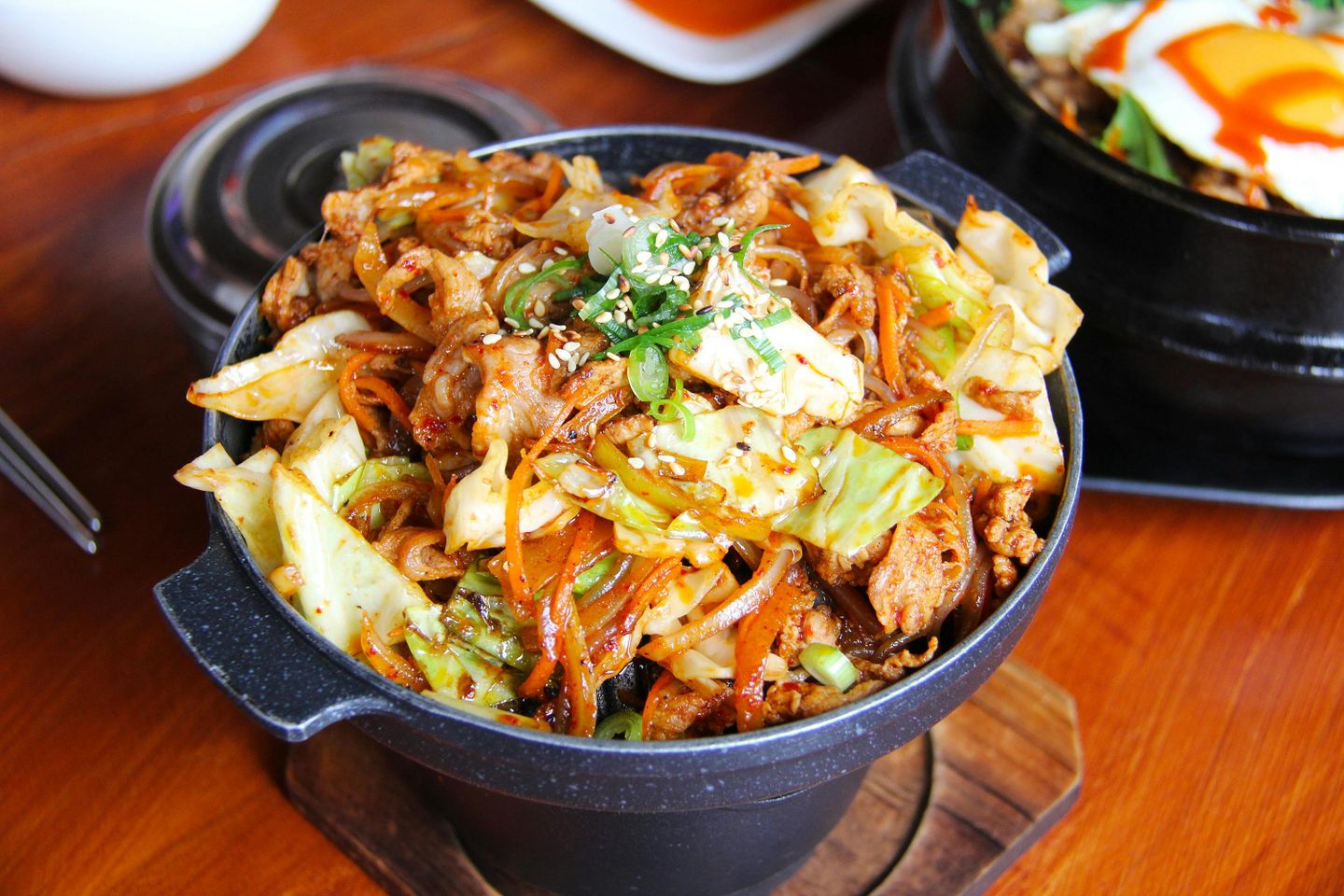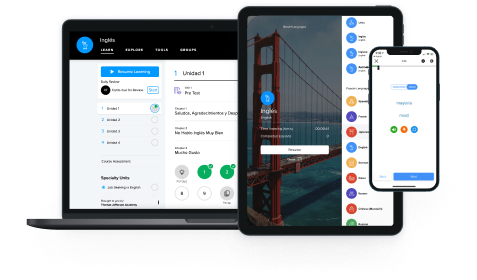Here is a quick reminder about the level of formality. The most common form used is the middle form or the polite form. If you are unsure which form to use, this is usually the safest bet.
Formality | Who | Ending |
|---|---|---|
Low Form (informal) | Children, close friends, close family | -아/어 |
Middle Form (polite) | Strangers, friends, family, peers, coworkers, teachers, boss | -아/어요 |
High Form (deferential) | Elderly, parents, teachers, boss, strangers | -습/ㅂ니다 |

